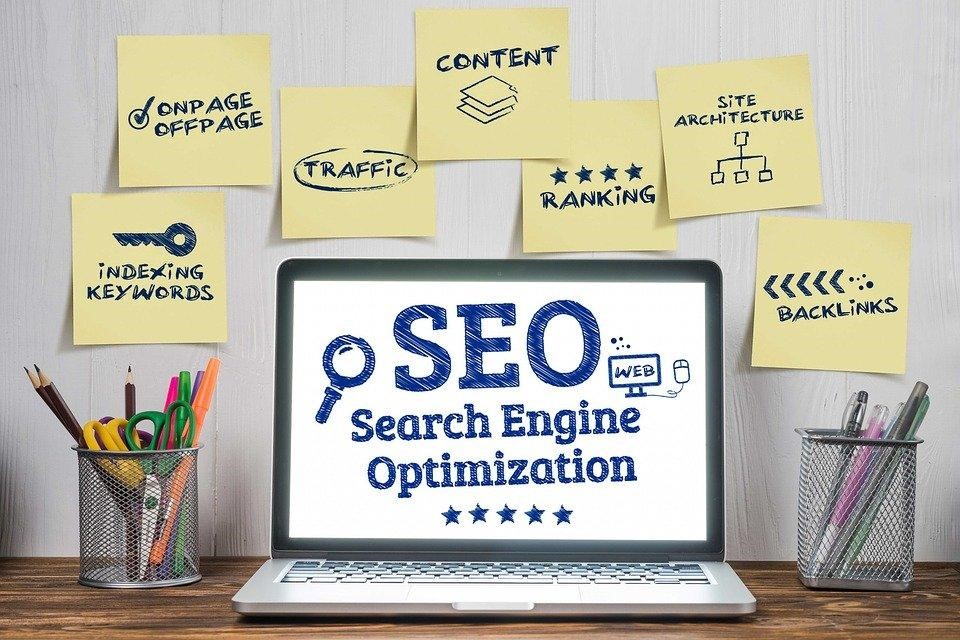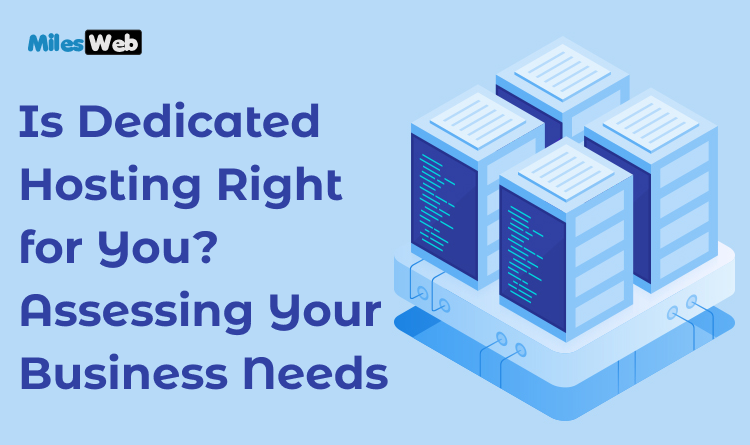
Today, succeeding in organic search requires optimizing for several factors, crucial in the eyes of search engines. Typically, it includes – technical, on-page, and off-page site optimization. However, marketers only focus on off-page techniques and technical elements. In reality, off-site and technical SEO doesn’t bring any results until you pay attention to on-site SEO fundamentals. Let us explain how.
On-site SEO includes the front-end and back-end elements of your website. It means you have to publish high-quality content, optimize headlines, and improve the user experience. In addition, you have to understand what users are searching for when they type a query. It will allow you to target more relevant keywords that match with search intent. All these factors combined will improve the web page’s visibility in search results.
Moreover, on-page SEO elements give marketers more control of the optimization process, allowing them to direct more traffic. If you are ready for on-site optimization, have a look below.
Here we are highlighting six tips for businesses to achieve better local search visibility.
6 Tips For Businesses To Achieve Better Local Search Visibility

1. GMB Optimization
Does your business only operate locally? If so, then make the most out of on-site local search engine optimization. For starters, consider making a business profile on Google My Business (GMB) because it features prominent local businesses. Add complete and detailed business information to help Google better understand your company. After this, claim your listing and optimize the GMB profile to stay relevant to people searching for your services.
If you can’t manage GMB by yourself, hand over this task to a team of experts. You can opt for a Google My Business Optimization Service and boost your local search rankings. The service providers will ensure online consistency and provide hyper-localized content that can improve local SEO drastically. These few integrations will level the playing field for small businesses, allowing them to go head to head against large enterprises.
2. Update Page Titles & Descriptions
Whenever the search engine crawlers ‘read’ your page, the title, URLs, and description are the first things they check. They want to understand what the page is about and whether it is delivering value to the audience. Therefore, make sure every page has a unique title to help users and Google understand the website. For that, you can add target keywords, include number and power words, or write short descriptive titles.
Similarly, you have to use page descriptions as an opportunity to advertise your page and improve the click-through rate. For optimizing these descriptions, add your target keywords. Google highlights the search terms in title and descriptions; hence, having keywords will make it look more appealing. Besides this, avoid auto-generated descriptions since they won’t send the right message to your audiences.
3. Conduct Content Audit
Most content creators focus on creating new content, forgetting about the existing blogs and articles. Well, that’s a massive mistake. It is crucial to audit your existing content to ensure it is relevant to the audience. It helps identify whether the information is still accurate or has become stale. In turn, you can update the content timely so that audiences can resonate with it.
Moreover, conducting content audits helps determine what types of content are working for your company. Perhaps, blogs might be generating higher ROI than eBooks. Likewise, the engagement rates with infographics could be higher. These insights will allow you to invest time and effort into content, generating higher returns for the business.
4. Add Links
Incorporating links throughout the webpage is a must for every business, but that’s often overlooked. Having links on the website sends signals to the search engine that your page is credible and trustworthy. Hence, make sure your anchor text includes more than just keywords. The internal links would take users from one page to another within your website, making it easier to navigate.
Likewise, you have to include a few external links to your webpage as well. Perhaps, you can quote a few stats or research studies with your content. For instance, if you are selling sneakers, quote statistics relating to the durability of those shoes. It would show visitors and the search engine how well-referenced your site is, further improving SEO rankings.
5. Aim for Ranking in Featured Snippets
Featured snippets quote the answer to the searcher’s query right on the top. As the answer comes from the page in search results, you can shortcut your way to the top results by winning a snippet. Here are a few tips to optimize your webpage for featured snippets.
- Primarily, Google pulls out a snippet from the top 10 search results. Therefore, make sure your website ranks on the first page to increase the chances of featuring in a snippet.
- Provide the answer to common questions on your page. It will make it easier for Google to pull out the content from your website.
- Use the right formats when creating content. You can divide it into paragraphs, lists, or tables since Google can comprehend such formats easily.
6. Boost Loading Speed
Haven’t you heard marketers talk about page speed? Lately, Google has been investing a lot of time to make the web faster. It has also added speed as one of the known ranking factors. Hence, your job is to ensure your webpage loads as fast as possible. It will make visitors happy since they don’t have to wait for the website to load. In addition, fast web pages reduce operating costs. Here are a few tips to boost the website’s loading speed.
- Compress Images: In most cases, the webpage is slow because the size of the images is large. Thus, you have to minimize the file size by compressing the pictures so that the images’ quality stays the same.
- Enable Caching: It is a mechanism that creates static HTML versions of your web pages. It shows them to the users instead of generating pages from the beginning, making the process much faster.
- Eliminate render-blocking Scripts: At times, some page elements take a lot of time to load. In such situations, you have to move the render-blocking scripts to the website’s footer. You can use a wp-rocket to do this or ask the website developer.
Final Thoughts
On-site optimization is equally critical if you want to increase the website’s ranking. The site’s internal factors reflect its credibility, viability, and effectiveness. Therefore, you must ensure the webpage doesn’t have loading issues and has optimized titles and descriptions. In addition, you have to maintain local search visibility to boost conversions. A few optimization techniques will go a long way in improving rankings, traffic, and revenue.
Read More: How To Market Your Legal Firm The Right Way





